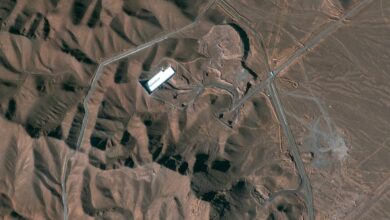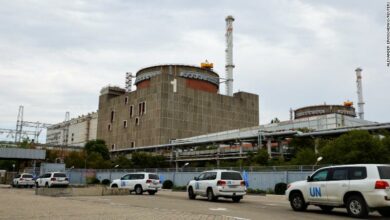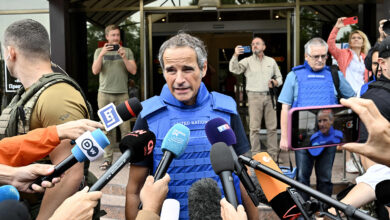In my article last Thursday, entitled “Nuclear Nightmares”, I tried to summarize the disadvantages of the nuclear plant that Egypt is considering in terms of needed fuel imports, waste disposal and the high cost of generated electricity compared to other sources. I stopped at the cost and risk of dismantling a reactor after it expires, which is a burden even for countries that are richer and more technically advanced than ours.
That cost will be born by our future generations, which is unethical.
I did not talk about the site of the plant, which I see as a rainy area that could be cultivated to feed the hungry mouths that increase by the day.
A strange coincidence happened when I was visiting the site on Thursday morning, that revealed a danger.
Promptly at 1:44:40 GMT, a 4.4 earthquake took place 10 km away from Alamein, which was also felt in Alexandria and Matrouh. The next day, Abul Ela Amin, president of the National Research Institute of Astronomy, told Arabnet that there would be aftershocks of magnitude 4 on the Richter scale that the residents would not feel.
But he said earthquakes in this area are not as dangerous as in the Nile Valley, where the fragile clay soil strengthens their magnitudes.
What was not mentioned, however, is that the earthquake occurred in an area of land with a diameter of 150 km, and not at sea. It is a region that has been witnessing strong earthquakes since 1900, according to VolcanoDiscovery and Google Earth. And interestingly, this place is south of Dabaa, the city intended for the nuclear plant.
This tells us that the project is not a calculated risk, but a losing bet that may well sink the plant into the Mediterranean, just as Cleopatra’s palace sank in the same place.
Edited translation from Al-Masry Al-Youm




